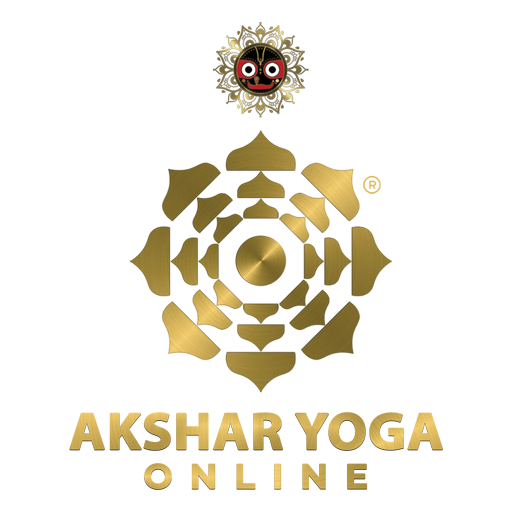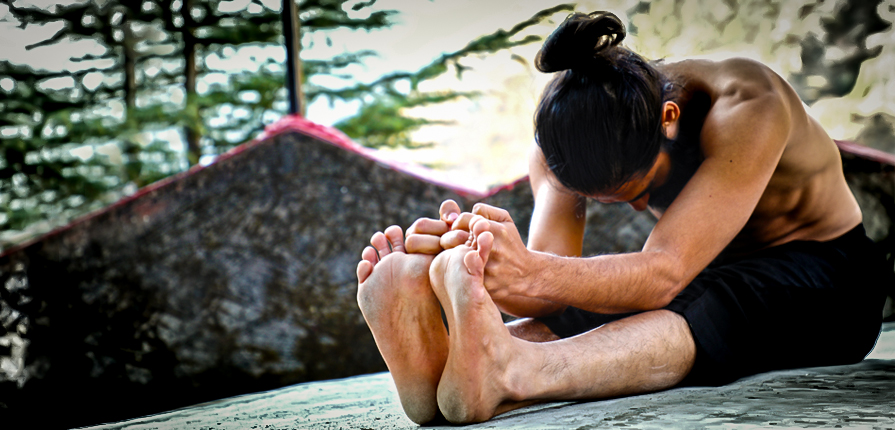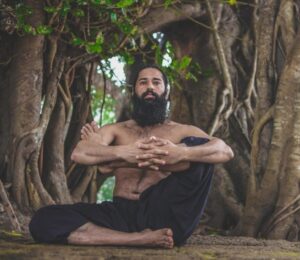Blood pressure is an important part of how the heart and blood circulation work in the human body. It is defined medically as the pressure of your blood on the walls of your arteries as your heart pumps it around your body.
Depending on our activities, it is natural for blood pressure to go up and down all the time in order to adjust to your heart’s needs. A blood pressure reading under 120/80mmHg is considered optimal. Readings over 120/80mmHg and up to 139/89mmHg are in the normal to high normal range.Low blood pressure is a physical condition, where the blood pressure levels fall below 90/60 mm Hg.
When the reading comes out persistently high or low for an extended period of time, it becomes known as Hypertension or Hypotension. Therefore, it is very important to get your blood pressure checked regularly.
Current problem scenario
Sadly but unsurprisingly, owing to our current lifestyles, disorders of high or low blood pressure is a rampant occurrence. The causes for this includes lack of exercise, stress, excess alcohol consumption, excess weight and excess salt/sugar in the diet and dehydration etc.
If high blood pressure is left untreated it can lead to potentially life-threatening conditions such as heart attacks, strokes, kidney disease and vascular dementia. When it comes to low blood pressure, in advanced cases, it may lead to lack of oxygen supply and nutrients to the brain, and other vital organs.
Benefits that Yoga offers:
While the introduction of the practise of Yoga itself is a huge lifestyle change, the nature of Yoga is such that it induces further behavioural changes in turn multiplyingits beneficial effects.
- A mind-body connecting activity
- Influences the shift of old, unhealthy patterns to make room for more life-positive alternatives
- Changes in diet preferences and food needs
- SpecificAsanas and Pranayama techniques to alleviate the condition of Blood Pressure or Hypertension
- Calming restorative yoga asanasare particularly useful for reducing stress and lowering blood pressure naturally.
Yoga Asanas for Relieving High Blood Pressure
- Baddhakonasana or Bound Angle pose
- Sit with your back straight and your knees bent.
- Place the soles of your feet together and pull them as close to your pelvis as possible.
- As you breathe out, try to push your knees toward the ground. If you can, gently bend your body forward, over your feet.
- Hold the position for 3–5 breaths, then release.
Caution – Groin or knee injury: Only perform this pose with blanket support under the outer thighs.
- Setu Bandha Sarvangasana or Supported Bridge Pose
Bridge Pose is said to be energizing for the kidneys and soothing for the nervous system, which can help lowering high blood pressure.
- Lie down flat on your back, bend your knees and set your feet on the floor, heels as close to the sitting bones as possible.
- Exhale to push your tailbone upward firming the buttocks, and lift the buttocks off the floor.
- Keep your thighs and inner feet parallel.
- Bring your chin towards the chest.
- Hold the position for 1–3 minutes.
Caution – Neck injury: avoid this pose unless you are practicing under the supervision of an experienced teacher.
- Shavasana or Corpse Pose
- Lay flat on your back and relax completely.
- Practice releasing the tension from each part of your body, starting from the hands and feet and ending with the tongue and cheeks.
- Hold this relaxed position for 5 minutes, then gently turn to one side and sit up slowly.
Caution:
- Back injury or discomfort: Do this pose with your knees bent and your feet on the floor, hip-distance apart; either bind the thighs parallel to each other with a strap (taking care not to position the heels too close to the buttocks) or support the bent knees on a bolster.
- Pregnancy: Raise your head and chest on a bolster.
Yoga Asanas for Relieving Low Blood Pressure
- Ado MukhaSvansana/ Downward-Facing Dog
- Come onto the floor on your hands and knees. Set your knees directly below your hips and your hands slightly forward of your shoulders.
- Exhale and lift your knees away from the floor.
- At first keep the knees slightly bent and the heels lifted away from the floor.
- Keep the head between the upper arms; don’t let it hang.
- Hold the position for 1–3 minutes.
Caution:
- Carpal tunnel syndrome
- Diarrhea
- Pregnancy: Do not do this pose late-term.
- High blood pressure or headache: Support your head on a bolster or block, ears level between the arms.
- Shalabasana Variation /Locust Posture
- Begin by lying on your belly with your palms on the mat directly under your shoulders.
- As you inhale, gently lift your chest, your head, and the top of your ribs off the floor.
- Exhale, and on your next inhalation, lift your legs off the floor.
- Press your feet together and keep your legs active and engaged.
Caution
- Acute back pain or slip disc, they should avoid this pose
- Severe sciatica can bring in more injury here as this pose tightens the entire body from the hip to the feet.
- Someone with major problems with menstruation or with a prolapsed uterus should avoid.
- Women in their pregnancy should avoid this pose.
- Pawanmuktasana- One can start this asana by practicing with one leg as in Half Wind Release Pose.
- Lie flat on your back and keep the legs straight and breathe deeply and rhythmically.
- Inhale slowly and lift the legs and bend in the knee. Bring upwards to the chest till your thigh touches to stomach
- Hug your knees in place and lock your fingers.
- Try to touch the knee with your nose tip. This is not easy for the first time. But regular practice you can do this. Hold this position for 20 to 30 seconds. You can extend it to 1 minute as per your capability.
- Now exhale slowly and come back to the original position that is Shavasana (Lie straight).
- Practice 3 to 5 cycles each day.
Caution
- Generally during the women’s cycle, the uterus is enlarged thus making it difficult to put pressure on the abdominal area. Hence should be avoided during this period.
- Asthma patients should understand the flow of breath before the practice of this pose and pressure around the chest and lungs may cause stress during breathing.
- Slip Disc is considered as a critical case and therefore should be avoided during the practice of this asana





